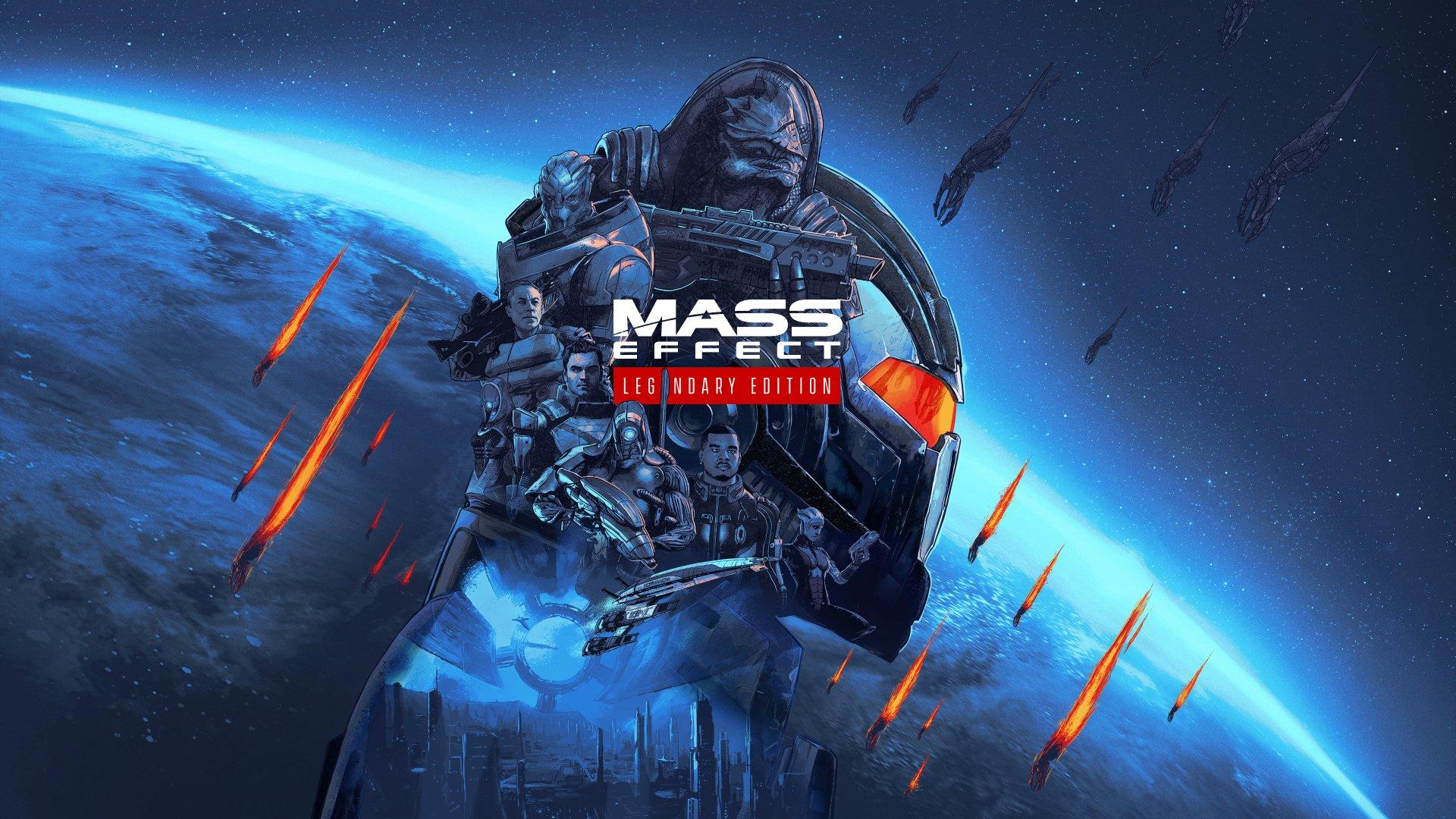The original Mass Effect trilogy is easily my favorite game series, blending the aesthetics of sensation, fantasy, narrative, discovery, and expression across three sizeable titles that both stand as appealing experiences by themselves and become an even greater reward to existing fans by expanding the narratives they were allowed to build on the previous entries. The Mass Effect series is unique among RPGs thanks to its overarching story, with all entries being able to be placed together and called a single game; in fact, it is pretty common to play the games in “runs,” starting at the first entry and not stopping the playthrough until the completing the last game, in this sense all three games could be considered just a massive experience broken down into three fairly similar packages that embrace gameplay improvements based on the available technology at the time of release and feedback of what worked and didn’t work as a mechanic in the previous title. For my analysis, I will focus on the gameplay mechanics of Mass Effect 3, as, in my opinion, it was the most fleshed out and smooth experience out of the three.
The first thing players notice when booting up the Mass Effect series is the incredible worldbuilding and lore behind the characters and events in the universe. Through dialogue, beautiful set pieces, assets, cutscenes, sound effects, and a powerfully emotional soundtrack, it is immediately communicated to players that the game is more than just its gameplay; it’s a carefully crafted audiovisual experience akin to a movie with adult themes with the twist of player agency.
The mechanics of gunplay and combat are fun but not necessarily groundbreaking, instead I’d rather focus on the mechanics of player expression. Player expression in Mass Effect has multiple layers which affect the flow of the game. There’s the simple character customization that affects the protagonist’s appearance during cutscenes and gameplay and has a rewarding but superficial impact on the overall flow. Then there’s class, skill, and weapons customization, which dictates the type of gameplay the player is exposed to. Players could opt for a guns-blazing approach as they mow down enemies with pure firepower or enjoy a slower-paced experience through more tactical abilities such as traps and skills like invisibility (my favorite approach) and even satisfy their desire to become a badass space-wizard by using “biotic” abilities, the in-universe equivalent of the force in Star Wars. Then there’s the narrative customization, from the gender the player decides to play as, which can affect the characters the player can romance and unlock specific interactions, stories, and side quests with, to the dialogue and quick-time events that can be undertaken at almost any point in the game that does not involve combat, which affects the entire story and determine the “morality” of the character. The morality mechanic bleeds further into the story and the visuals as it can change the appearance and personality of the protagonist as well as the narrative options available to the player at future “story points.”
Tying all possible decisions into a cohesive narrative journey was a challenge for the developers, as noted by the limited possible endings to Mass Effect 3. This does not change the fact that every storyline has been carefully crafted. Finally, despite being a relatively linear experience, the discovery aesthetic is the critical point of the game’s replayability. With each playthrough, players can explore different permutations of dialogue choices and undertake different available side-quests that can generate previously unseen experiences and narratives and unlock vastly different endings. 



